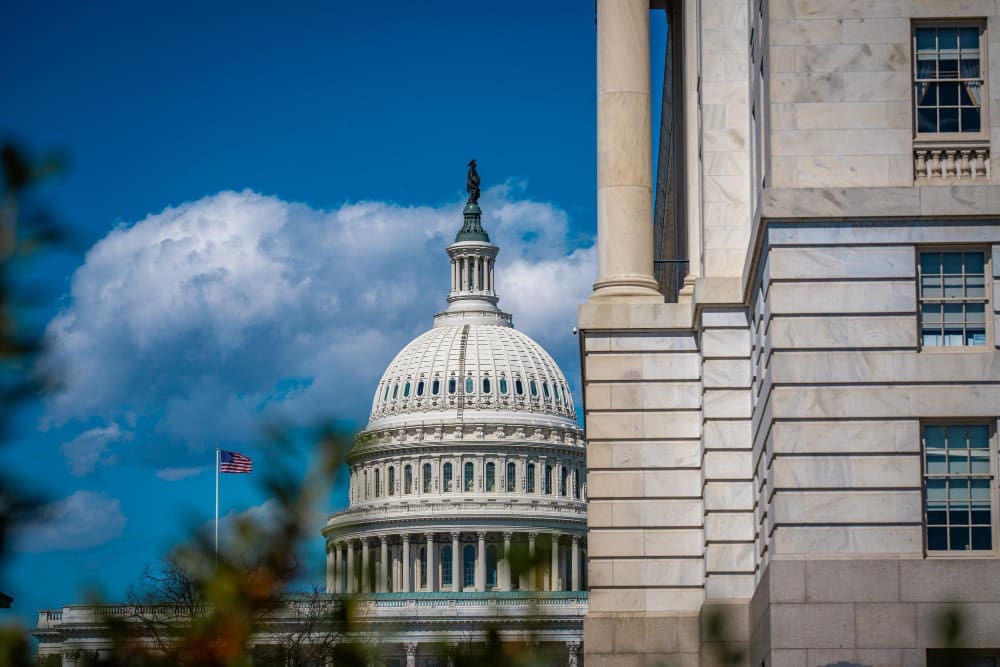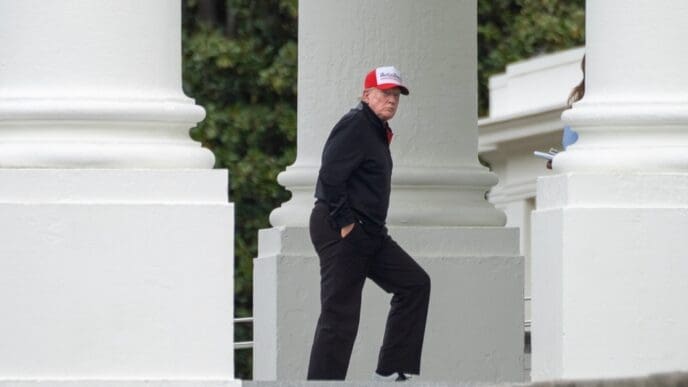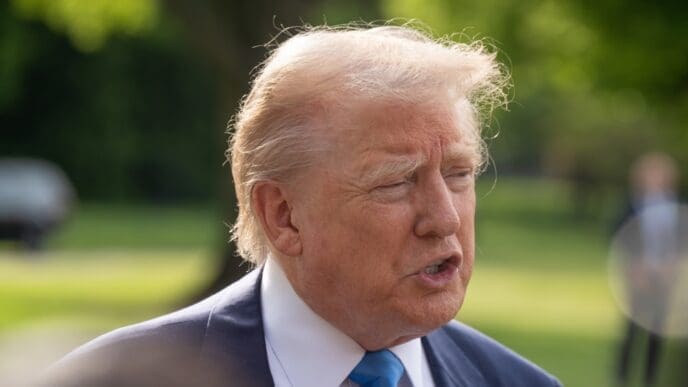Executive Summary
The Story So Far
Why This Matters
Who Thinks What?
Republicans are expanding their focus on redistricting efforts beyond Texas, with plans to redraw electoral maps in several other states following the approval of new lines in the Lone Star State. This strategic shift, reportedly initiated at the urging of President Trump, marks a new phase in the partisan battle for congressional control. As Democrats in California consider their own redistricting plan, the GOP is now targeting states from Florida to Indiana and Missouri, aiming to secure additional seats in the House of Representatives.
Texas as a Precedent
Texas served as the initial catalyst for this year’s intensified redistricting efforts. National attention turned to the state after President Trump reportedly called on Governor Greg Abbott to convene a special legislative session for mid-decade redistricting. The proposed map in Texas could offer as many as five potential pickup opportunities for Republicans in the upcoming election cycle, positioning the state as a critical battleground for increasing the party’s chances of maintaining House control.
Democratic Countermeasures
In response to Republican actions, Democrats are also exploring options to bolster their position. If California voters approve a ballot measure, the state Legislature could redraw its map, potentially allowing Democrats to gain up to five additional seats in the midterms. California Governor Gavin Newsom has reportedly called for Democrats to “fight fire with fire” in the face of Republican redistricting efforts.
Key States in Focus
Florida is another state identified as having significant pickup opportunities for Republicans, potentially comparable to Texas. Republican strategist Ford O’Connell suggested that Governor Ron DeSantis, emboldened by a Florida Supreme Court ruling upholding the current map and advocacy from President Trump, could pursue one to five additional seats. Potential targets include Democratic Representatives Debbie Wasserman Schultz and Jared Moskowitz.
Ohio is also set to undergo redistricting, a requirement under state law because its current map was passed along party lines without the necessary supermajority. This process could net the GOP two or three currently Democratic-held seats, potentially jeopardizing the positions of Representatives Marcy Kaptur and Emilia Sykes. Ohio Republican strategist Mark Weaver emphasized that even a few seats could be critical given the House’s narrow partisan split.
President Trump’s Direct Involvement
President Trump’s administration has been actively promoting this redistricting strategy. A source close to the White House indicated that pressure is being applied to Republican governors to emulate Texas’s actions. Unlike previous efforts by figures such as President Obama and Attorney General Eric Holder, President Trump’s approach to gerrymandering is described as direct and overt.
While most GOP leaders in key states appear to align with President Trump’s stance, Indiana initially presented some exceptions, with a few Republican lawmakers expressing reservations. The state’s current congressional delegation includes seven Republicans and two Democrats, with some aiming to pick up an additional seat. Indiana state GOP lawmakers were scheduled to meet with the White House, with discussions expected to focus on enacting President Trump’s agenda at state and local levels, including redistricting.
President Trump’s allies have also reportedly discussed the possibility of primary threats against state lawmakers who do not support the redistricting efforts. Charlie Kirk, founder of Turning Point USA, publicly stated that his organization would support primary opponents for Indiana State Legislature Republicans who refuse to redraw maps.
Anticipated Outcomes and Challenges
Republicans generally express confidence that these efforts will succeed. Missouri Republican strategist Gregg Keller noted that while initial discussions about redistricting in Missouri had occurred, President Trump’s personal involvement, including a call to Governor Mike Kehoe, significantly accelerated the process. The effort in Missouri is expected to target Representative Emanuel Cleaver, potentially leaving only one Democratic House member in the state.
The White House and the Republican National Committee are reportedly collaborating on drawing new maps in some instances. An example of the pressure’s effectiveness was seen in Indiana State Representative Craig Haggard, who initially expressed skepticism about redistricting but later declared his support. Republicans anticipate that members will ultimately fall in line, even if it means some safer Republican districts become marginally less secure in pursuit of a greater number of overall seats.
The escalating battle over redistricting underscores the high stakes involved in determining control of the House of Representatives. With President Trump’s direct engagement and a coordinated Republican strategy, the focus has broadened to a multi-state effort aimed at maximizing partisan gains ahead of the next election cycle.














